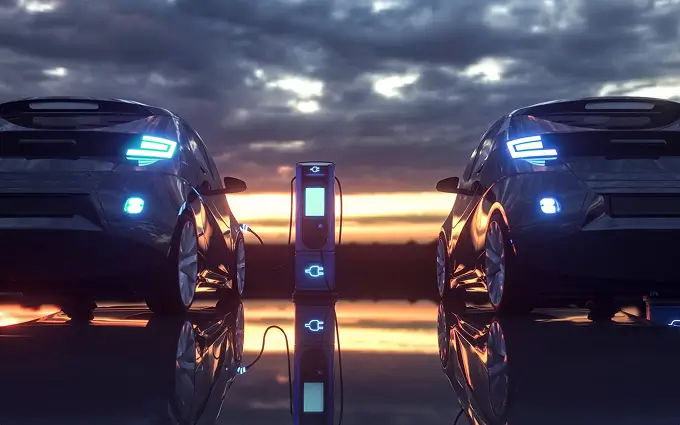Lithium-ion batteries play an essential role in the transition to renewable energies and in generating electricity from more reliable and sustainable technologies. NMC has been the widely used technology for the past years, but now LFP is increasing in popularity due to reasons such as cost and safety advantages. However, LFP comes with challenges, particularly regarding accurate state estimations.

LFP in energy storage
Overcoming challenges in State of Charge estimations for LFP energy storage systems
Introduction
Lithium-ion batteries are an integral part of the transition to renewable energy, both for the automotive sector’s transition to green mobility, and for the transition to generating electricity from more reliable and sustainable technologies. As renewable energy sources such as solar and wind are intermittent and therefore unreliable power sources, energy must be stored for certain periods of time. Technologies are required to stabilize the grid by ensuring that energy is released into the grid or removed from the grid when necessary.
Two major lithium-ion technologies are currently used in the field of stationary energy storages: NMC (Nickel Manganese Cobalt) and LFP (Lithium Iron Phosphate). NMC is currently the most mature existing technology, and it is therefore widely used, especially in the automotive industry. However, LFP is becoming more and more popular in energy storage, which brings unique challenges, particularly regarding state estimations such as State of Charge.
In the whitepaper, we address the following questions:
- Why is state of charge (SoC) estimation important for energy storage?
- What are the characteristics of NMC and LFP cells?
- How can battery analytics estimate SoC for LFP cells?
Curious to learn more? Check out our product tour
.jpeg)
Planning a BESS Project? Here’s What You Need to Know
In the first session of the TWAICE & Camelot BESS Lifecycle Webinar Series, experts from Camelot Energy Group and TWAICE share hard-won lessons from real-world energy storage projects—helping you get BESS development right from the start.
View WebinarRelated Resources

Modeling Lithium Plating Conditions Over Aging for Safe Li-Ion Battery Fast-Charging

Batteries and their Global Warming Potential: a lifecycle view
(1).webp)


.webp)